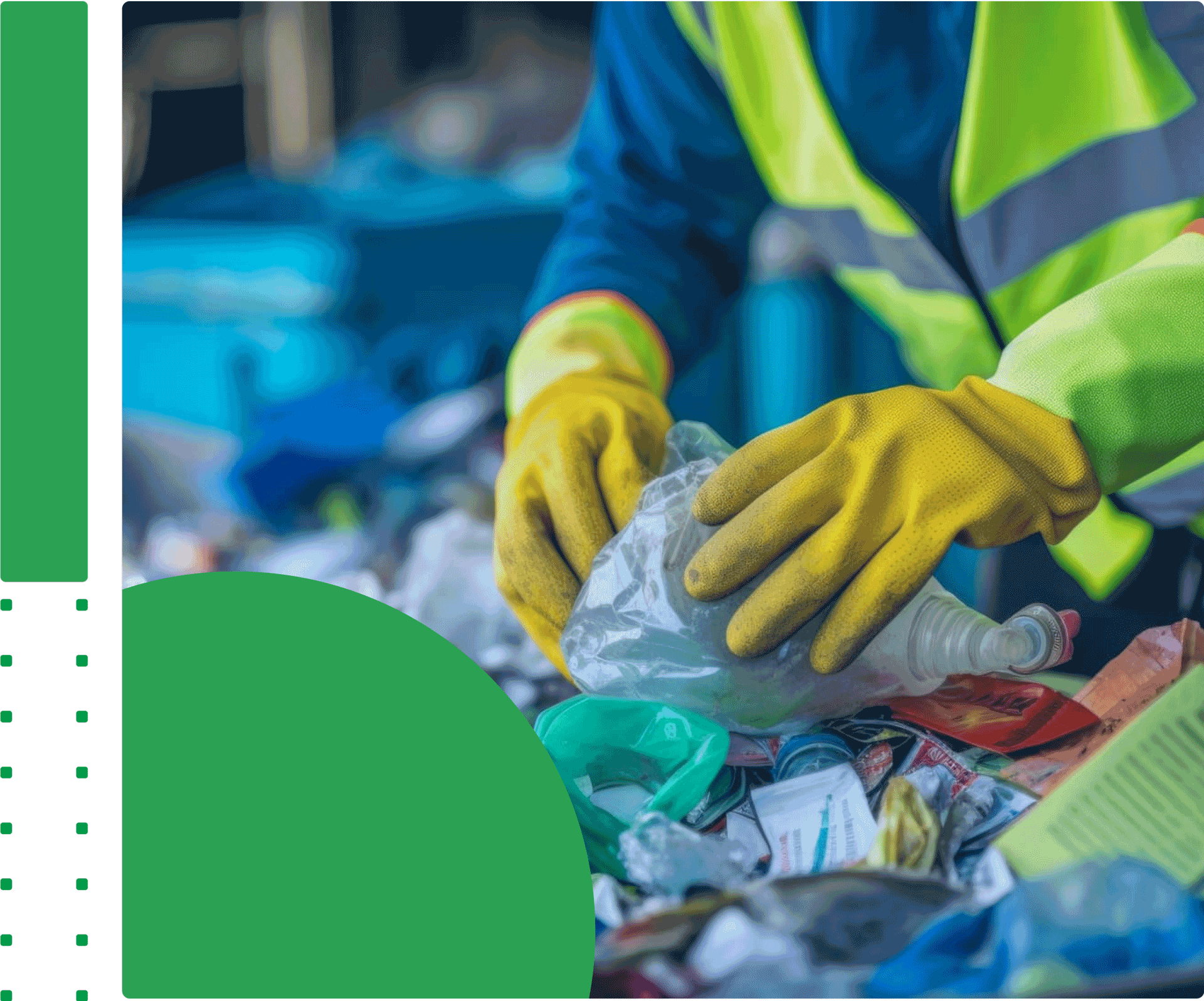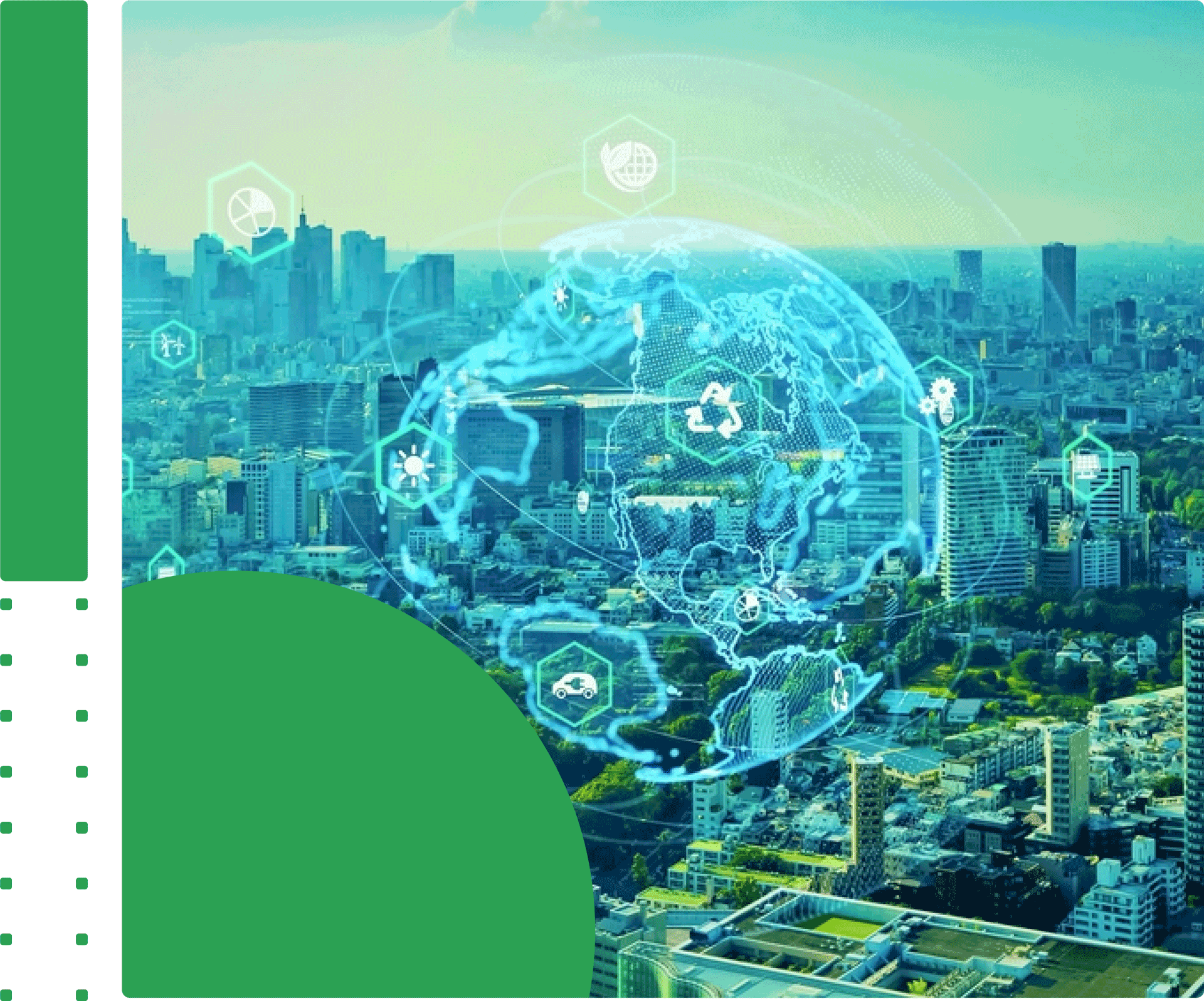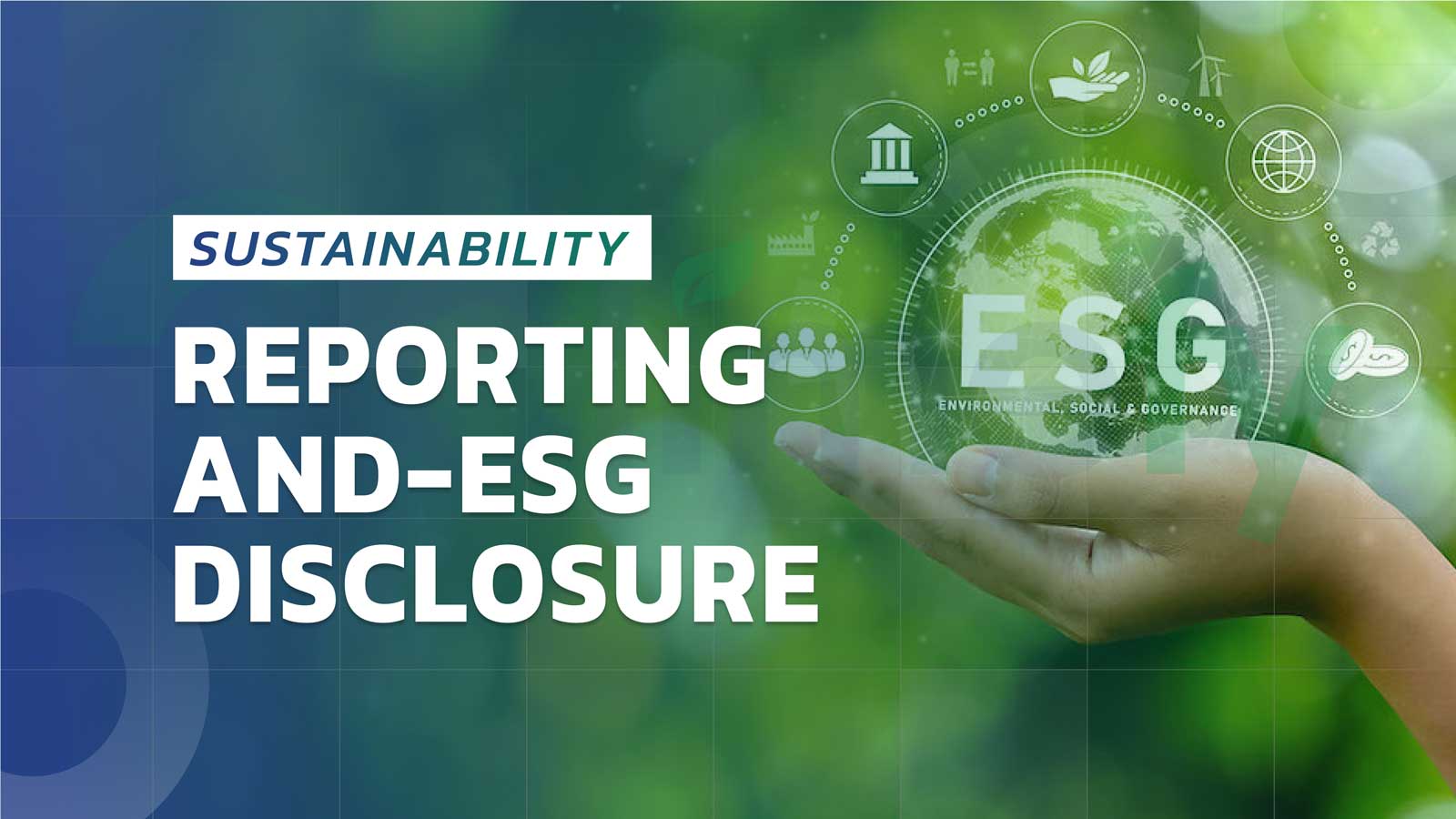
 ABOUT CLIMEFY
ABOUT CLIMEFY
Environmentaly Sustainable
Forever Green Future

Vision Statement
To pioneer a sustainable future where every organization and individual actively contributes to a low-carbon world, driving global resilience and environmental stewardship.

Mission Statement
By delivering innovative tools, certification, and educational resources, Climefy empowers clients to take meaningful climate action on their path to net-zero emissions. Through strong partnerships and tailored solutions, we foster sustainable practices that create measurable environmental impact and lasting resilience.

 Afforestation and Plantation
Afforestation and Plantation






















